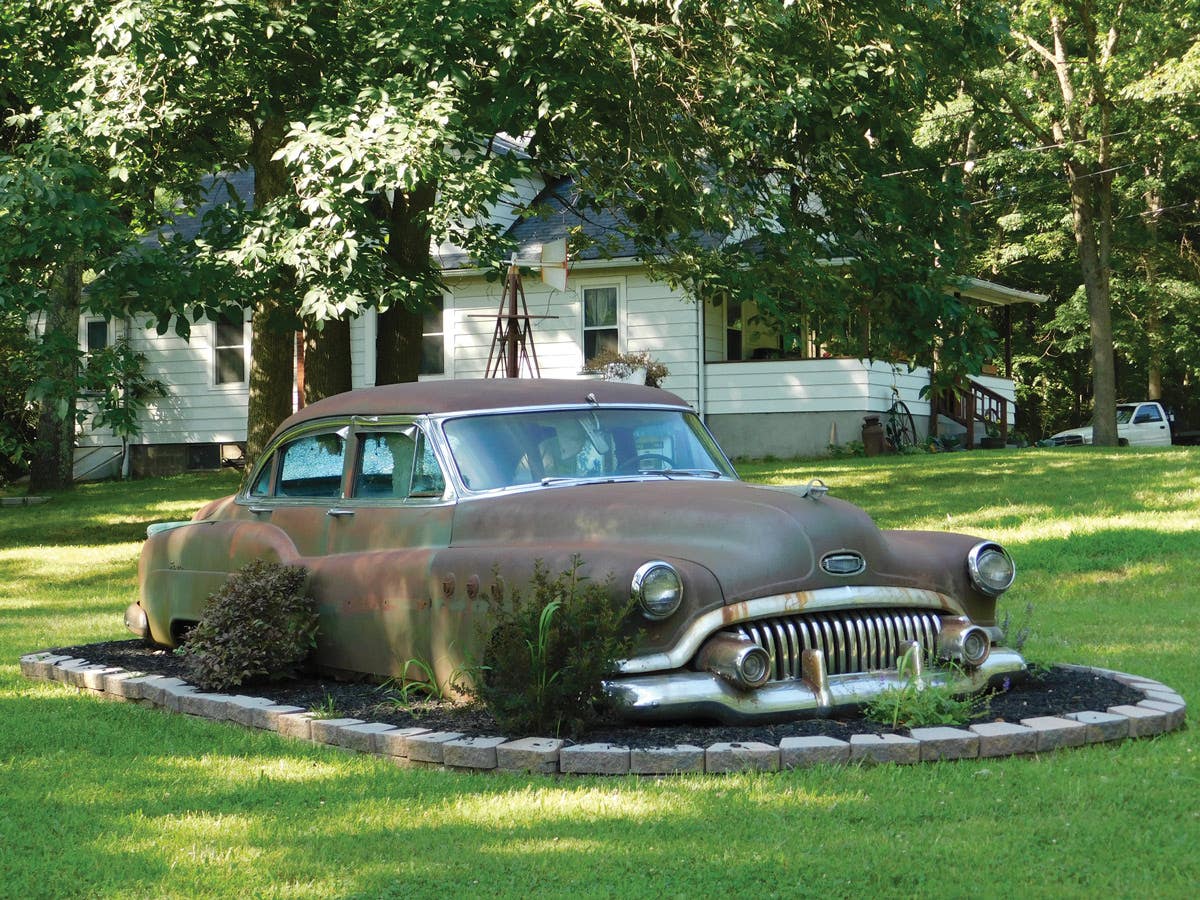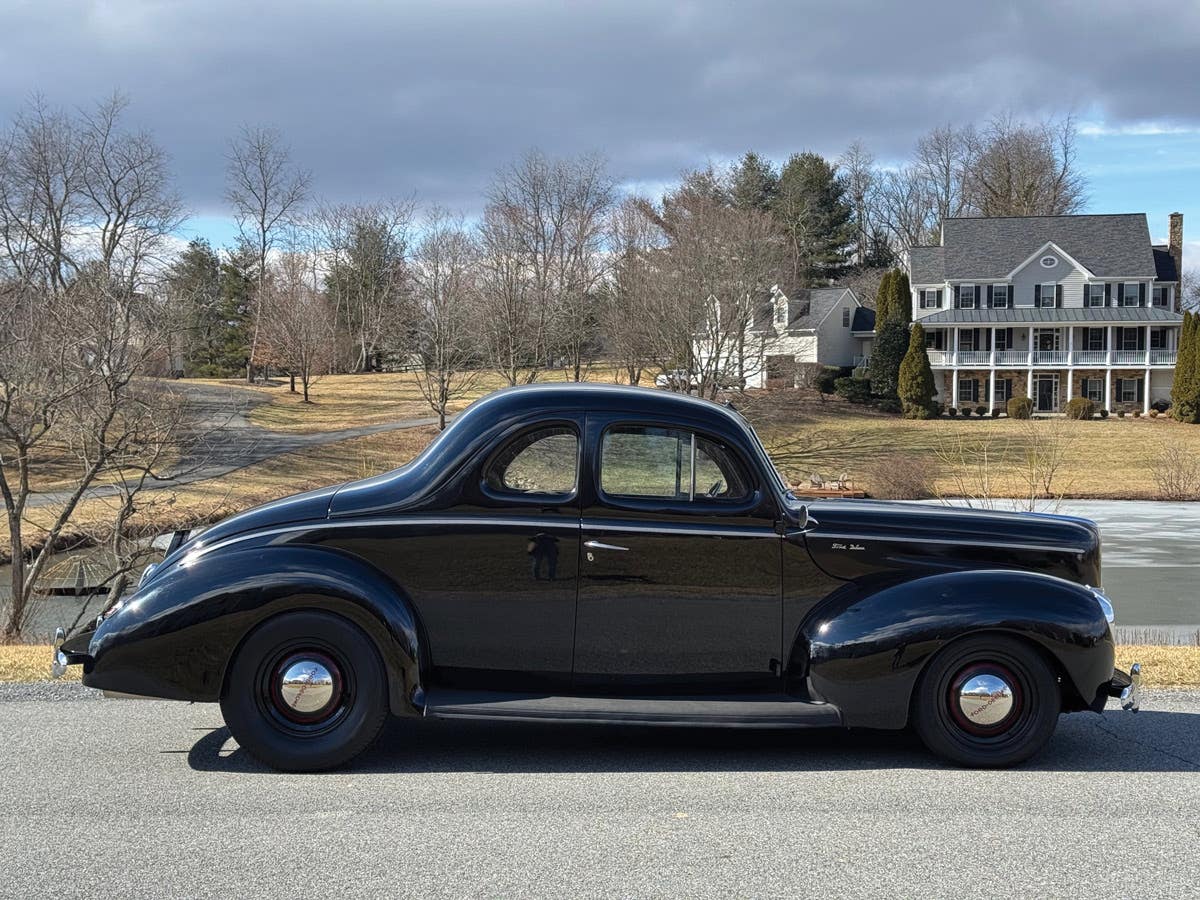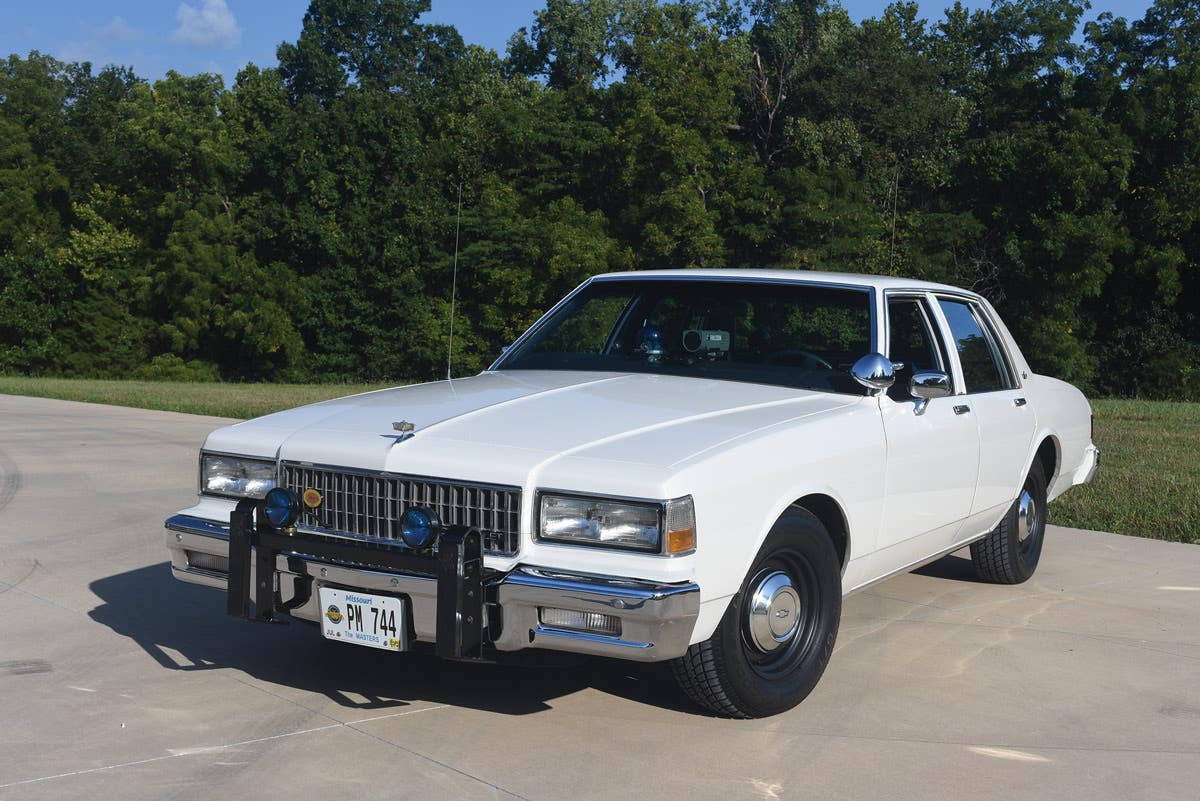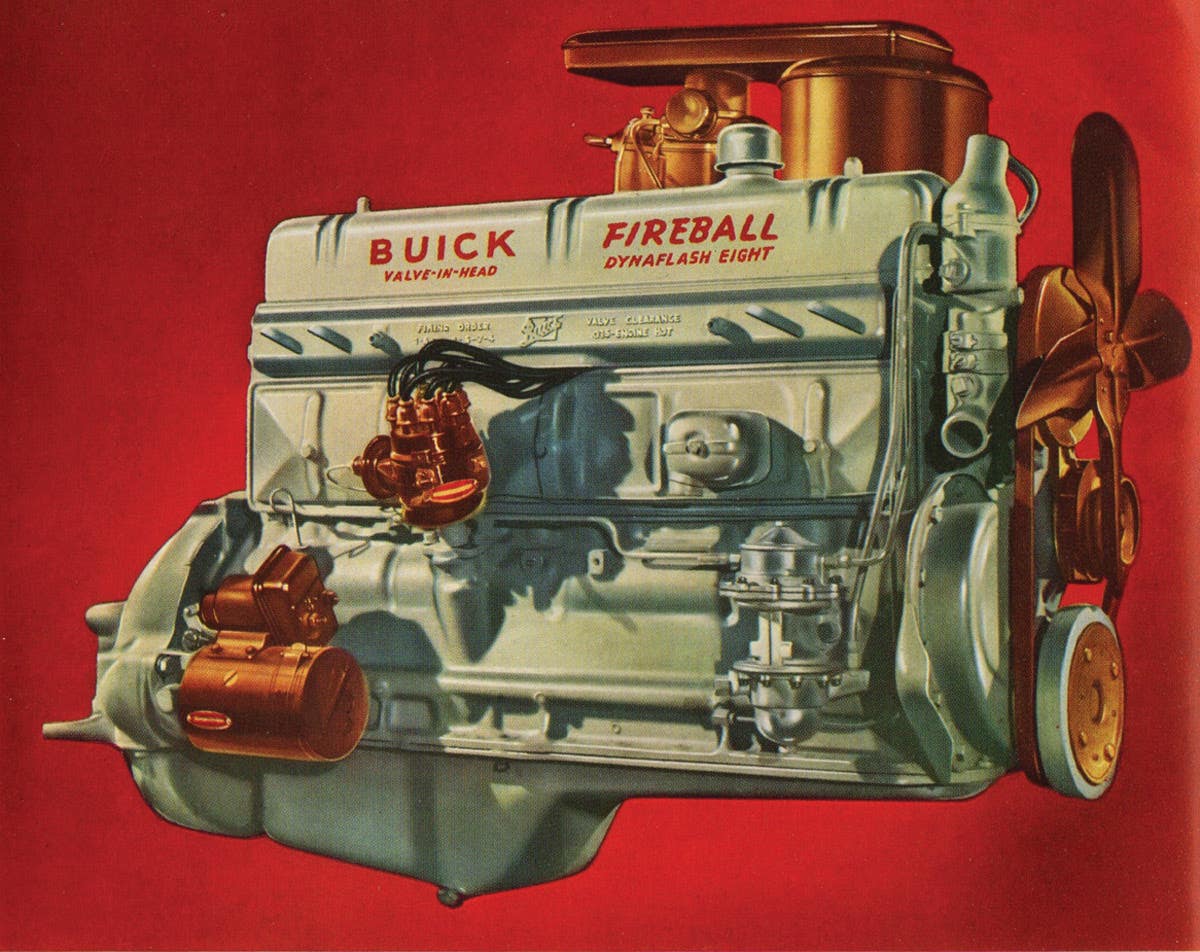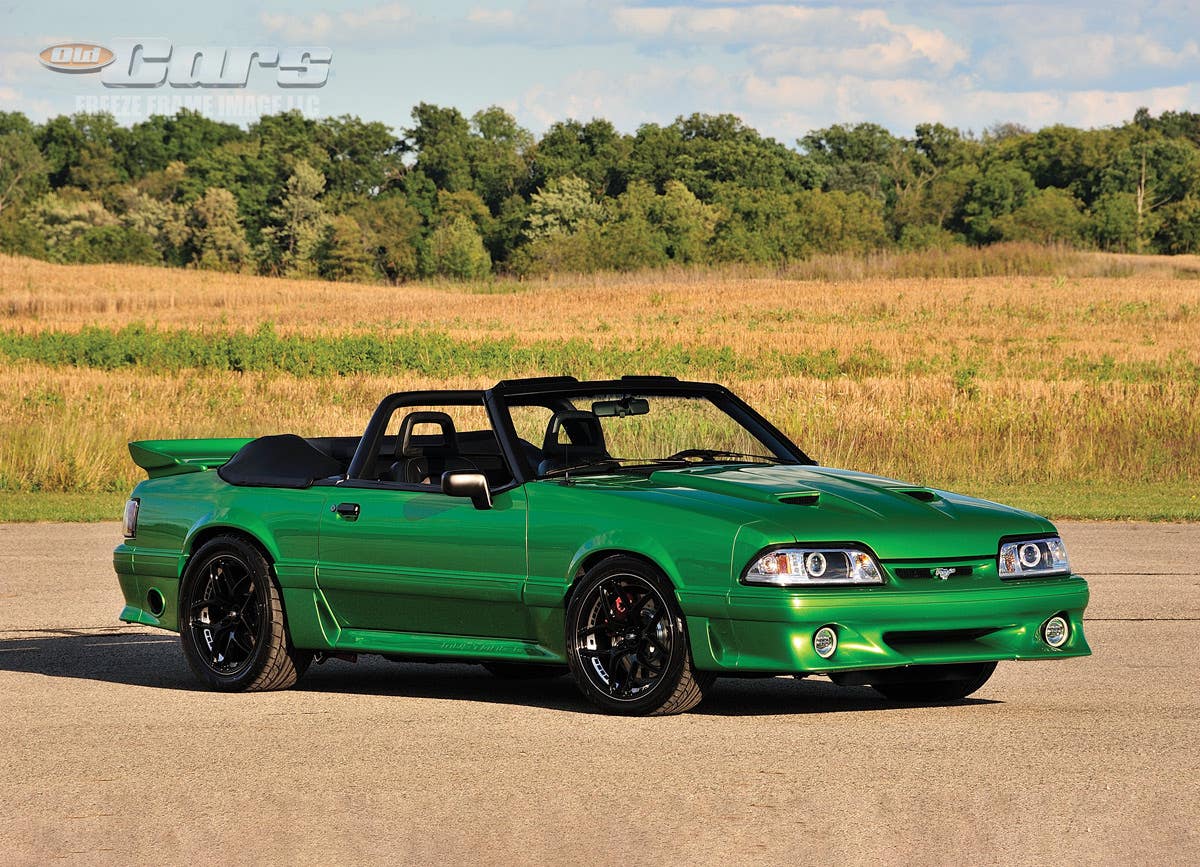Q&A with Kit Foster: February 27, 2014
Q. I was reading about the Sunoco antique car coins in the Q&A column (Jan. 9). It reminded me of an e-mail I received from a Pantown (a neighborhood in…
Q. I was reading about the Sunoco antique car coins in the Q&A column (Jan. 9). It reminded me of an e-mail I received from a Pantown (a neighborhood in Saint Cloud, Minn.) homeowner. He was doing some remodeling in his house and found this Pan coin. He asked if I knew anything about it. I had never seen one. I took the photos to several monthly meetings of our St. Cloud Antique Auto Club and showed it to our members. Not one person knew anything about it or had ever seen one.
These photos show the front and back of the coin. It is about the size of an old silver dollar. I am hoping with your vast readership someone may have some information about it. I’ve speculated that Sam Pandolfo gave them to prospective investors when he was selling stock in the Pan Motor Company. I’m including my e-mail address if anyone wants to contact me, but I’m looking forward to a response in this column.
— David Dickson, St. Cloud, Minn., Pantowners webmaster
pantowners@pantowners.org, www.pantowners.org
A. Very interesting. Many readers will remember the Pan automobile, the brainchild of super salesman Samuel Pandolfo. He got his start selling insurance, his aggressive, high-pressure tactics making him quite wealthy. He covered wide areas, and correctly perceived that an automobile could help him sell more insurance more quickly. He bought a Rambler car early in 1909 and, because of the dearth of filling stations in the southwest United States, would ship fuel ahead by rail to cities on his route. He took quickly to the automobile, and when the insurance commissioners of Texas revoked his license he decided to change careers and build a medium-priced automobile.
He organized the Pan Motor Company in January 1917 in Chicago, but sought a manufacturing location outside the metropolis. The Commercial Club of St. Cloud, Minn., responded to one of the many letters he sent to chambers of commerce in the region. Finding support from local bankers, Pandolfo bought land and proceeded to build a factory and a residential neighborhood for its employees. The Pan was largely an assembled car, the first 10 units built in Indianapolis. Production at St. Cloud began in 1919, the cars built there using an F-head engine built in-house, but Sam’s grandiose promotional scheme resulted in his downfall. The Federal Trade Commission moved in, and a grand jury indicted the company directors on eleven counts of fraudulent stock sales. In the trial, held in Chicago before Judge Kenesaw Mountain Landis, the other directors of the company were acquitted but Sam Pandolfo was sentenced to ten years in prison. The company was liquidated after some 700 cars were built. Pantown, the neighborhood, however, remains.
The wording on this coin, “Buy Pan, All You Can,” and “There Is Money in Pan for You,” smacks of stock promotion, as you say. The story of the Pan is delightfully told in “The Legend of Sam Pandolfo: Minnesota’s Pan Motor Company and Its Legacy,” by the late John Dominik (self published, 2003). Dominik doesn’t mention this coin, but the slogans appear in the chapters dealing with financing the company. The book is listed as available from the Stearns History Museum in St. Cloud (www.stearns-museum.org).
-------------------------------------------------------------
Q. Regarding the mystery “V” emblems (Q&A Jan. 16) in Patrick Bisson’s question, I believe they go on a 1951 Cadillac 61 Series sedan. These trim pieces were attached to the “C” pillar or top, behind the rear door. These were only used on the 61 Series in 1951.
— Jim Schrimpf , Cincinnati, Ohio
A. Thank you. Patrick reports that he also heard from Craig Wood at McVey’s Cadillac Parts in Merriam, Kan. Craig confirmed that the part numbers given, 4596851 and 4596852, correspond to that application. The 1950 Series 61 sedan did not use them, and the 1951 model, an entry-level Cadillac using the GM B-body, was discontinued mid-year with just 2,300 built. I see now that the medallion is mentioned in the Standard Catalog of American Cars 1946-1975: “…a new medallion now appeared on the rear roof pillar…”
Photographs of the 1951 Series 61 sedan, however, are few and far between, and most were taken at a 3/4-front angle so the emblem is not very visible, a veritable needle in a haystack. The lesson here is that Old Cars Weekly readers are incredibly knowledgeable.
To submit questions to this column: E-mail angelo.vanbogart@fwmedia.com or mail to: Q&A, c/o Angelo Van Bogart, 700 E. State St., Iola, WI 54990-0001.
Got Old Cars?
If you don't subscribe to Old Cars Weekly magazine, you're missing out on the only weekly magazine in the car hobby. And we'll deliver 50 issues a year right to your mailbox every week for less than the price of a oil change! Click here to see what you're missing with Old Cars Weekly!
More Resources for Car Collectors:
- Classic car price guides, research, books, back issues of Old Cars Weekly & more
- Get expert restoration advice for your classic car
- Get car pricing, data and history all in one place
- Sign up for Old Cars Weekly's FREE email newsletter
- Need to buy or sell your classic car? Looking for parts or memorabilia? Search our huge online classified marketplace



